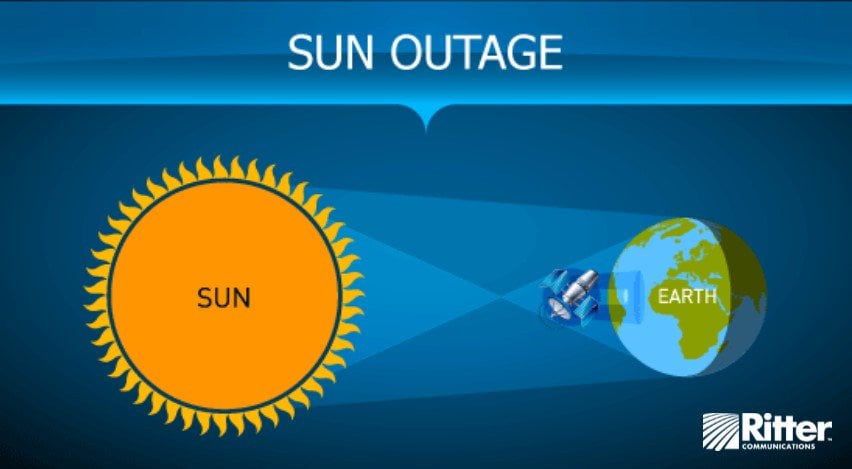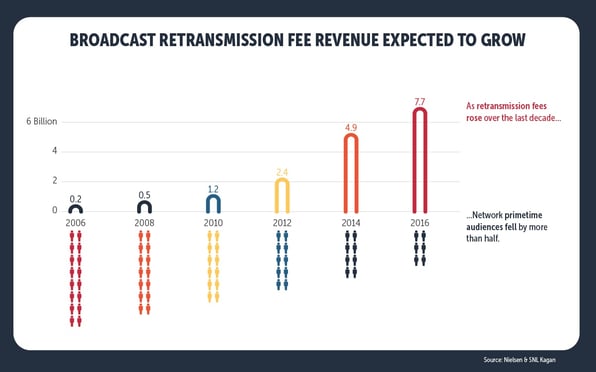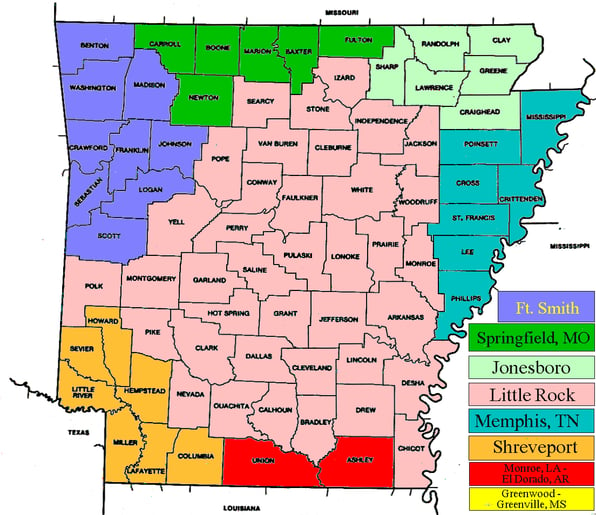Why Is My TV Signal Scrambling?

 The start of fall is one of the best times of the year. The leaves are changing beautiful colors of orange, red and yellow, the weather is cool and comfortable and football season is in full swing. But there is one minor nuisance that happens in the fall that also arrives in early spring that affects TV viewing: sun outages.
The start of fall is one of the best times of the year. The leaves are changing beautiful colors of orange, red and yellow, the weather is cool and comfortable and football season is in full swing. But there is one minor nuisance that happens in the fall that also arrives in early spring that affects TV viewing: sun outages.
Over the next week or so, the picture and sound quality on your TV may suddenly and sporadically go fuzzy for a few minutes, and it somehow always seems to happen during the fourth quarter of the ballgame you’re watching or at the dramatic climax of your favorite show.
Here’s what’s happening: TV providers receive their signals from geostationary satellites that are positioned about 22,000 miles from the Earth’s surface and are aligned with the Equator. Providers, such as Ritter Communications, then send that signal to our customers’ homes. Twice a year – during the spring and fall equinox – the sun moves in direct line with those satellites and interferes with the communication between the satellites and TV equipment on the ground.
All TV providers are impacted by the interference, and unfortunately, there’s nothing that can be done to prevent a few interruptions. Sun outages can last as long as 15 minutes and occur over the course of a few days. They can impact different channels at different times, and if you’re recording a program while its station experiences a sun outage, you’ll likely see the interference when you play back the show.
Following a sun outage, there’s no action required by the customer. You don’t need to reset your TV box or call your provider. Once the sun moves and the satellite is no longer in its direct path, your signal will return to normal. Just be patient and take the opportunity for a restroom break or snack run and your service will soon return to clarity.


